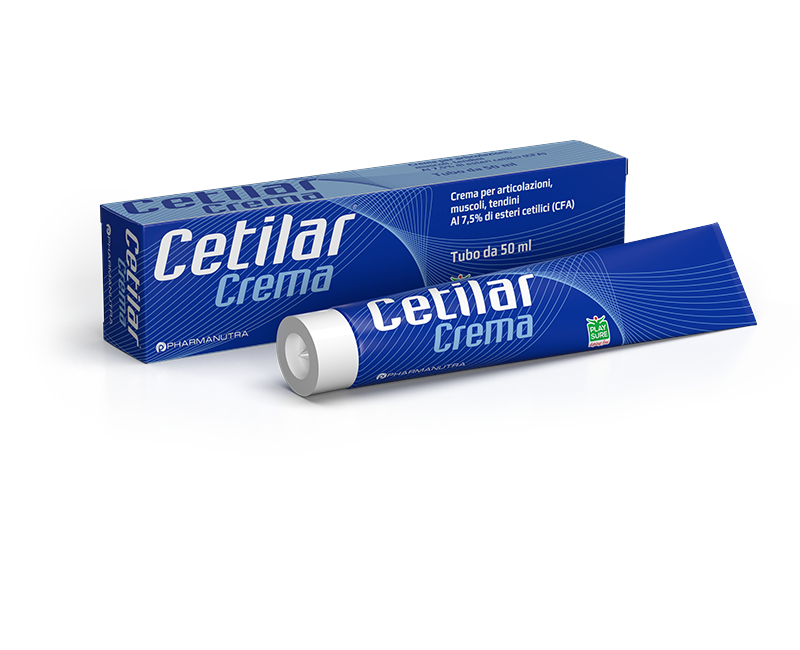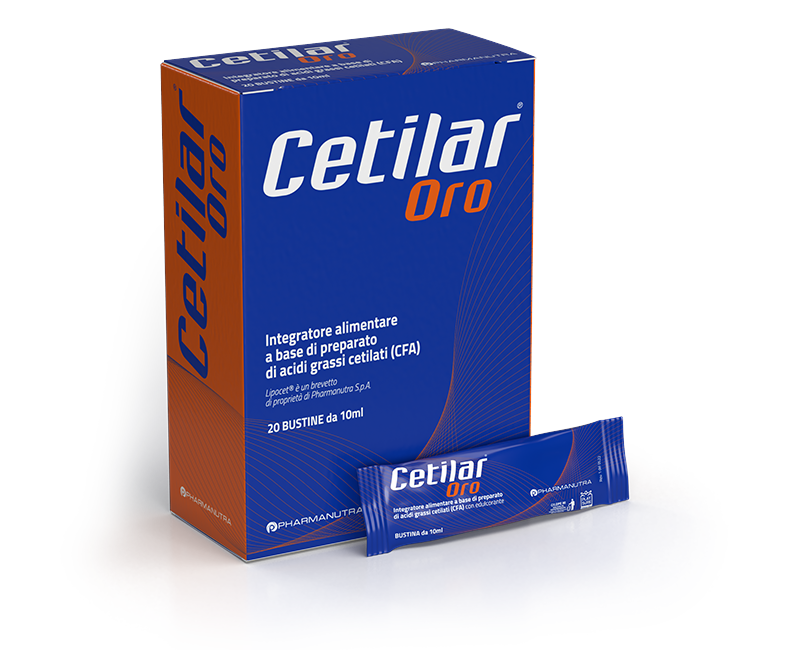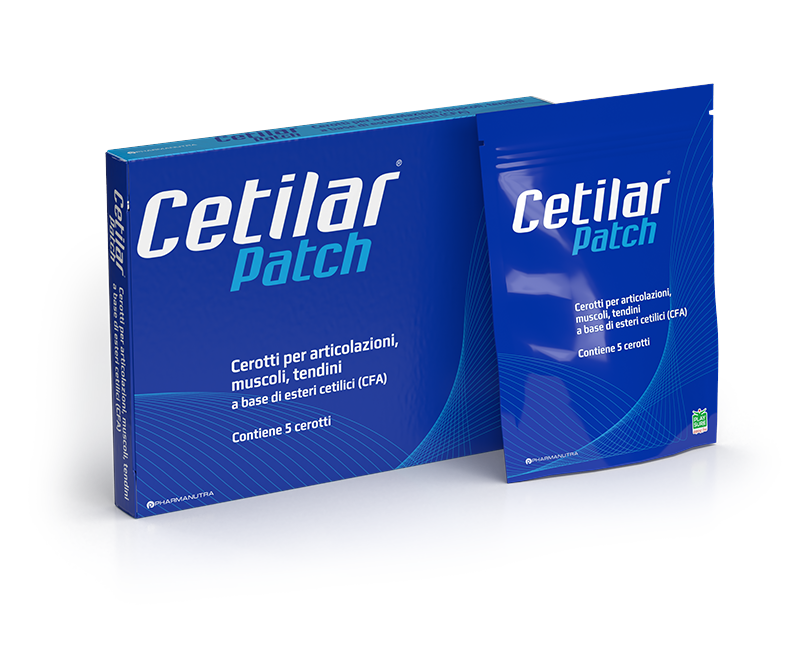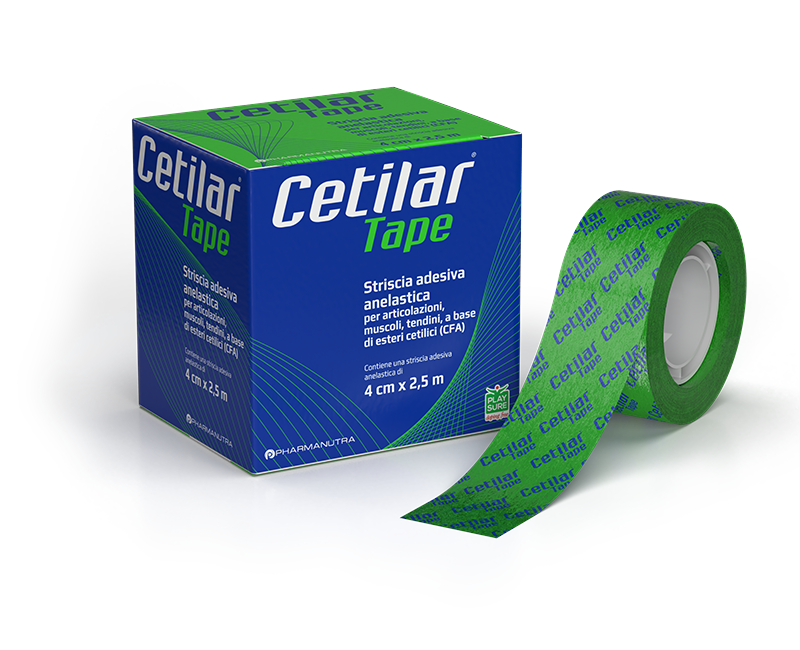Sprains: how long does the swelling last and recovery time
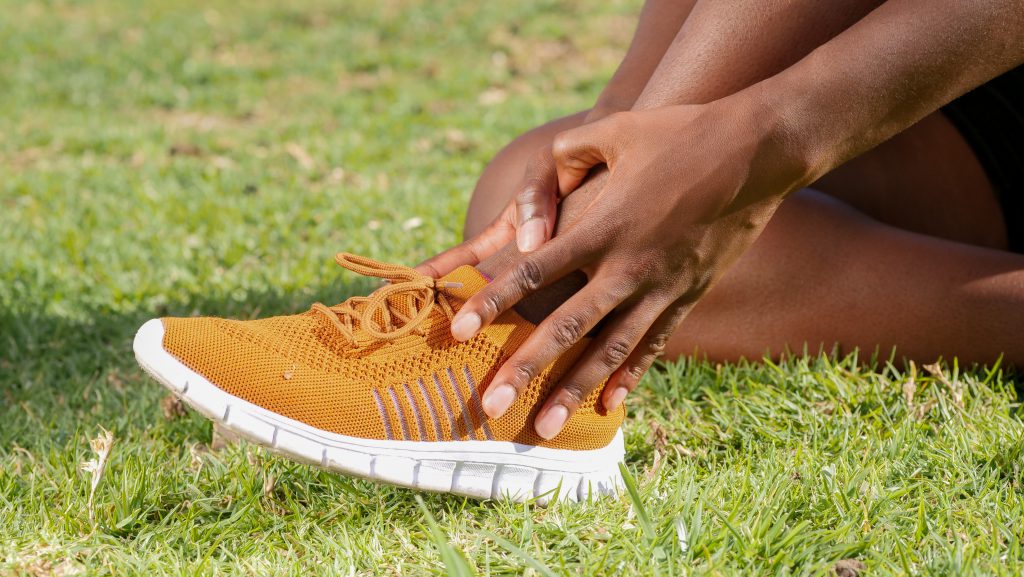
Sprains are the most common sports injuries, mainly affecting the lower limbs, such as the knee and ankle, although they can also seriously and painfully affect the wrist and hand. The first remedy in the event of a sprain is to apply the PRICE protocol (Protection, Rest, Ice, Compression, Elevation) and then check the extent of damage by X-ray or MRI. Physiotherapy and recovery times can vary greatly, depending on whether there is a partial or total tear in the joint structures.
This article looks at:
- The difference between sprain and dislocation
- Ankle sprain
- Knee sprain
- Wrist sprain
- First aid and diagnostic tests
- Physiotherapy for sprains
- Consequences: rupture of the anterior cruciate ligament of the knee
Sprain and dislocation: the most common acute sport injuries
There are numerous disorders of the locomotor system whose cause is attributable to sporting activity and they can affect all anatomical structures (bones, muscles, tendons, joints). Clinically speaking, sport injuries are classified into two conditions: acute and overuse. Among the most common acute injuries are sprains and dislocations.
- Sprain: when we talk about “sprains” we are referring to conditions in which the articular surfaces are stressed beyond the limit of normal joint flexibility. This leads to an overstretching of the capsular-ligamentous apparatus with partial or total lacerations of the capsule, ligaments, tendons or rupture of intra-articular menisci.
- Dislocation: in dislocation, the opposing articular surfaces separate and are no longer in contact with each other. This causes serious injuries to the capsule, ligaments, cartilages and sometimes even fractures of bone structures. However, in the case of a subluxation, the articular surfaces remain in partial contact, but are no longer correctly aligned.
In the case of a sprain, the injury to the ligaments may be partial, without affecting the stability of the joints, and is therefore defined as a Grade I Mild or Grade II Moderate sprain. If the ligamentous injury is complete, resulting in an unstable joint, it is termed a Grade II Severe sprain (disruption of more than 50% of the fibres) and a Grade III sprain (injury to all fibres).
Joint sprains are common problems for athletes at all levels and occur mainly in the ankles, knees, elbows, wrists and even fingers. Let’s take a look at the most common types of sprains, the treatment and recovery time after injury.
Ankle sprains: remedies and recovery time
Ankle sprains are one of the most common sports injuries. In the vast majority of cases, they occur with a reverse movement, i.e. with a forced movement beyond the physiological one with the sole of the foot rotating inwards. In this case, the ligaments affected are the anterior talofibular ligament (ATFL), the posterior talofibular ligament (PTFL) and the lateral calcaneofibular ligament, which can stretch or, in the most serious sprains, partially or completely break. The ankle appears swollen and oedematous particularly in the external compartment, with varying degrees of pain when walking and when touched.
Immediate treatment involves the PRICE protocol (protection, rest, ice, compression and elevation of the limb). Subsequently, a specialist examination by a sports doctor or physiotherapist will be necessary to determine the severity of the sprain, assess the recovery time and proceed with further instrumental examinations (where applicable) such as an X-ray (if a fracture is suspected), an ultrasound scan or an MRI.
Recovery times vary from a few days for minor sprains to several weeks for major ones.
Knee sprains: treatment and consequences
Knee sprains are quite common in sports such as football, skiing, rugby, tennis, basketball and volleyball, where the patellofemoral joint is particularly stressed. These sprains are not to be confused with the patellofemoral pain syndrome which is an overload problem. Knee sprains usually occur in a twisting mechanism, where the foot remains anchored to the ground while the knee rotates beyond the physiological range of motion. The structures involved are the anterior (most frequently) or posterior cruciate ligaments, the collateral ligaments and the menisci.
In these cases, the severity of the symptoms is related to the degree of ligamentous or meniscal injury, which can lead to haematoma and swelling around the joint, haemarthrosis (i.e. an outpouring of blood into the joint), pain on joint movement and under load, and varying degrees of joint instability. The diagnosis is made by the orthopaedic doctor or physiotherapist through clinical tests and instrumental examinations, in particular nuclear magnetic resonance imaging.
On young athletes, a rupture of the anterior cruciate ligament and/or meniscus is treated using surgery followed by physiotherapy. Find out more about cruciate rupture in the detailed discussion at the end of this article.
Wrist sprain: symptoms and remedies
The wrist is a complex structure, comprising many bones, ligaments and tendons. Wrist sprain mainly occurs as a result of a traumatic event, such as falling and trying to save the fall with your hands, or in activities such as boxing with a poorly executed punch.
Sprains usually affect the ligaments, which can stretch slightly or, in the case of major trauma, break. The most commonly affected structures are the Scapholunate ligament and the Triangular Fibrocartilage.
The most common symptoms of a sprained wrist are pain, swelling and restriction of movement. For minor sprains, rest, a bandage and regular application of ice in the first few days is sufficient, while full recovery can take 1-2 weeks. For more severe cases involving a broken ligament or fibrocartilage, a consultation with an orthopaedic hand and wrist specialist is necessary to evaluate a possible surgical intervention. In these cases, full recovery takes a few months.
What to do in the event of a sprain: first aid and diagnostic tests
Usually, in the event of a joint sprain in any part of the body, the PRICE protocol is applied. PRICE stands for Protection, Rest, Ice, Compression and Elevation, so in acute cases the patient must immediately protect and rest the joint, apply ice several times during the day, keep the limb raised to facilitate the reabsorption of oedema and haematoma (especially in the case of a sprained ankle or knee) and wrap the joint with a compression bandage.
Afterwards, it is useful to consult a sports physiotherapist who, with an initial assessment, will be able to understand the extent of the injury and recommend possible diagnostic tests such as ultrasound, X-ray or MRI. If these examinations reveal injuries to structures such as ligaments, capsules or meniscus, it is then up to the orthopaedic doctor to decide whether the patient should be operated on or if conservative rehabilitation is recommended.
Physiotherapy for joint sprains
After a joint sprain, physiotherapy is essential whether the patient opts for conservative therapy or has to undergo surgery.
In the first case, physiotherapy initially involves manual therapy techniques and physical therapies (such as TECAR or LASER) aimed at draining joint oedema and reducing inflammation and pain. Following this, muscle strengthening and proprioceptive re-education exercises are carried out. Lastly, the patient is given exercises to practice once he or she has been given OK to resume their sporting activity.
The steps in postoperative recovery are the same, but with the emphasis being on suturing/replacement of the ruptured ligament and recovery of joint mobility.
Consequences of sprain: rupture of the anterior cruciate ligament and recovery times
Rupture of the anterior cruciate ligament (ACL) is a frequent consequence of sprain trauma to the knee, which occur particularly during sporting activity. The most frequent traumatic movement is a twisting movement with a combination of valgus and external rotation of the leg.
At a diagnostic level, specific movements are used to highlight anterior ligamentous laxity (i.e. a physical condition in which the ligaments are unable to support the joint), such as the Lachmann test, the anterior drawer test, or the Jerk test. If ligament damage is suspected during these tests, the diagnosis must be confirmed with an MRI scan.
The treatment of an anterior cruciate ligament injury can be conservative or surgical. In both cases, rehabilitation is crucial. For young athletes, it is usually best to opt for cruciate ligament repair surgery which involves an early start to rehabilitation from the very first days after surgery.
The average recovery time after this type of surgery is 4-6 weeks for walking and daily activities, 8-14 weeks for running and 16-24 weeks for sports.
